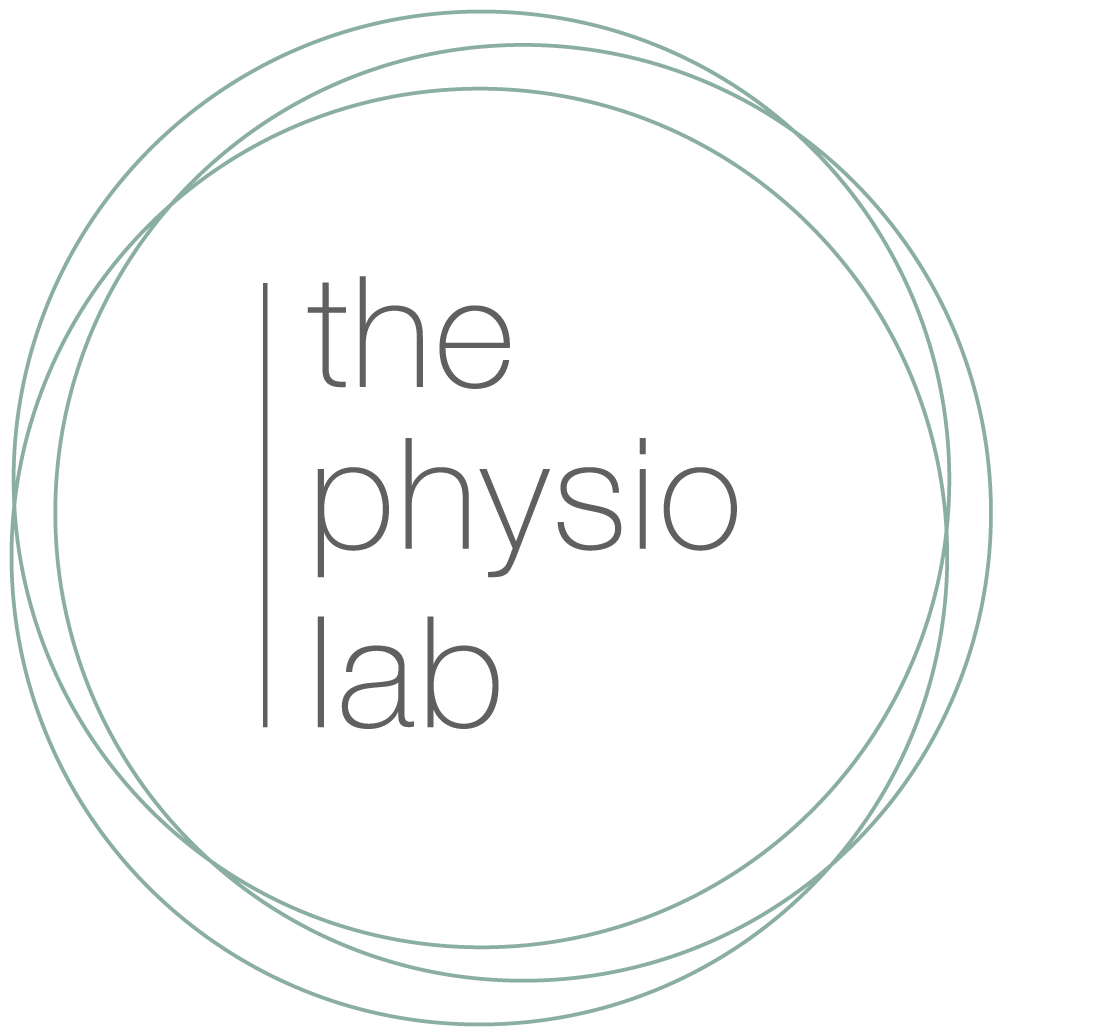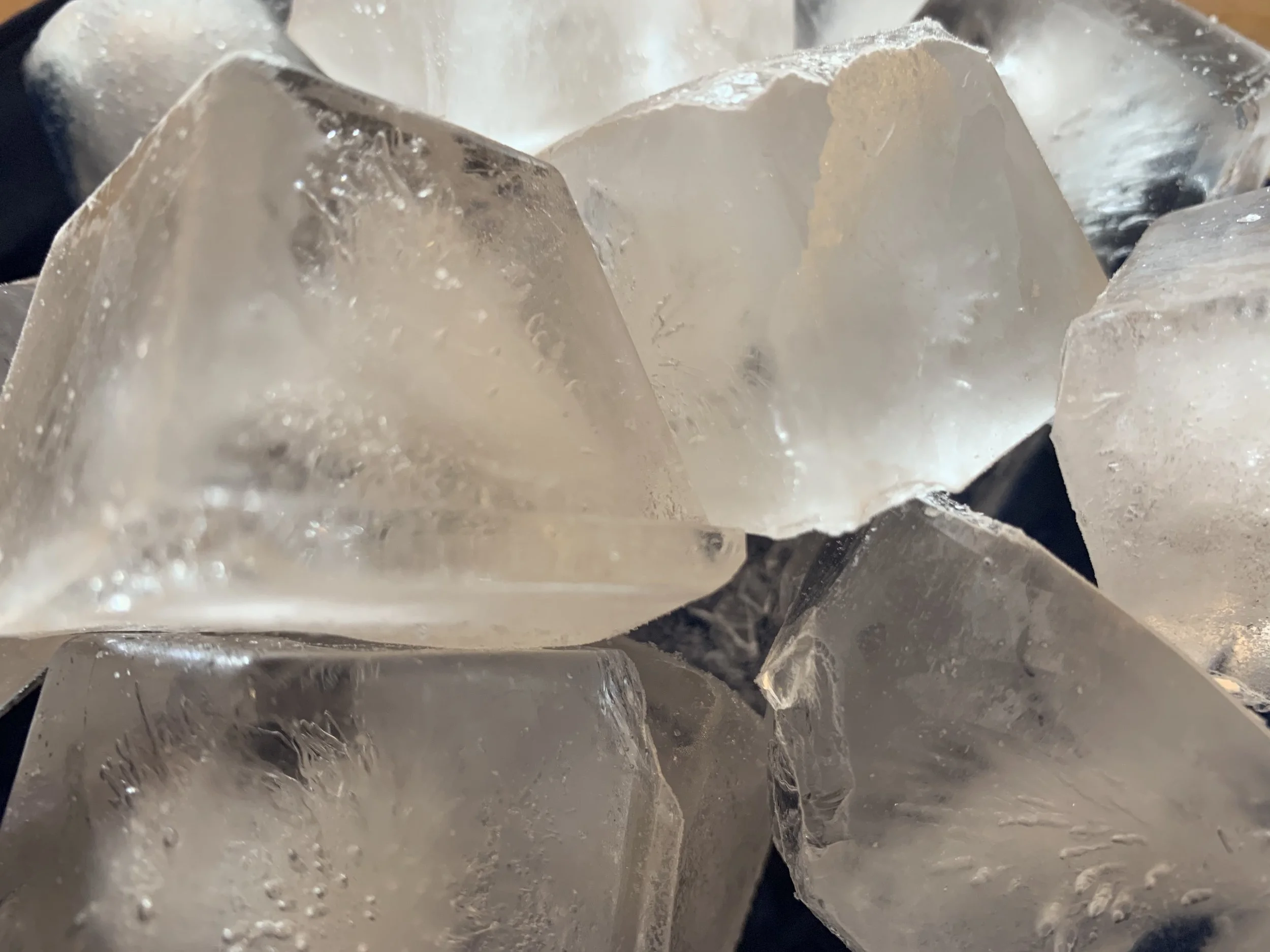There has been a lot of information recently suggesting that ice slows healing, causing us to question whether cryotherapy still plays a role in initial injury management. It was the topic of discussion in a recent SMH article about why inflammation might beter better for you that you think. The articles discusses whether icing and injury (or during recovery) was suppressing insulin growth factor 1 and hence altering the bodies hormonal response to healing.
“Pain kicks that hormone off - thats how the body knows - so when you suppress pain you stop that healing”
All health professionals have been taught the RICER (rest, ice compression, elevation, referral) principle at some point in their careers. Is it still relevant? One such study (1) has shown that there is little to no effect of the RICE principle on acute injuries. So our practice is still largely based on THEORY.
Regarding cryotherapy, there are two main theories:
Reducing swelling and inflammation improves function and therefore hastens recovery
Reducing inflammation limits tissue healing and the natural response of the body, therefore prolonging recovery
It is not clear if intermittent icing on an acute injury actually impedes or slows healing. One particular study (2) showed that “icing attenuated or delayed the infiltration of inflammatory cells… and change in vessel volume in muscle following injury. However, these effects were not sufficient to reduce capillary density or prevent effective muscle regeneration.” That is to say, ice slowed initial inflammatory responses but had no effect on muscle tissue healing in the medium to long term.
Another recent study (3) backs up this sentiment, noting that whilst initial icing reduced inflammatory markers, it did not affect tissue remodeling.
It should be noted that both of these studies were looking at muscle tissue injuries. Take, for example, one of the most commonly iced injuries: an ankle sprains. Well, surprisingly or not, there’s not much evidence at all. A few studies compared different icing techniques, and others included too many confounding treatments such as exercise. A systematic review (4) from 2004 found that ice plus exercise was the most effective treatment for acute lateral ankle sprains. It should be noted that no studies found showed a harmful effect of icing on ankle sprains.
Bottom line:
If icing your injury reduces pain, allows you to move better, and do more exercise, then the minor (and short-term) reductions in inflammation seem to negligible, and certainly not harmful – ice away!
References
Van den Bekerom MP, Struijs PA, Blankevoort L, Welling L, van Dijk CN, Kerkhoffs GM. What is the evidence for rest, ice, compression, and elevation therapy in the treatment of ankle sprains in adults? J Athl Train. 2012;47:435–443. doi: 10.4085/1062-6050-47.4.14.
Singh DP, Barani Lonbani Z, Woodruff MA, Parker TJ, Steck R, Peake JM. Effects of topical icing on inflammation, angiogenesis, revascularization, and myofiber regeneration in skeletal muscle following contusion injury. Front Physiol. 2017;8:93. doi: 10.3389/fphys.2017.00093.)
Vieira Ramos, G., et al., Cryotherapy Reduces Inflammatory Response Without Altering Muscle Regeneration Process and Extracellular Matrix Remodeling of Rat Muscle.Sci Rep, 2016. 6: p. 18525.
Bleakley C, McDonough S, MacAuley D (2004) The use of ice in the treatment of acute soft- tissue injury: a systematic review of randomized controlled trials. Am J Sports Med 32:251–261

